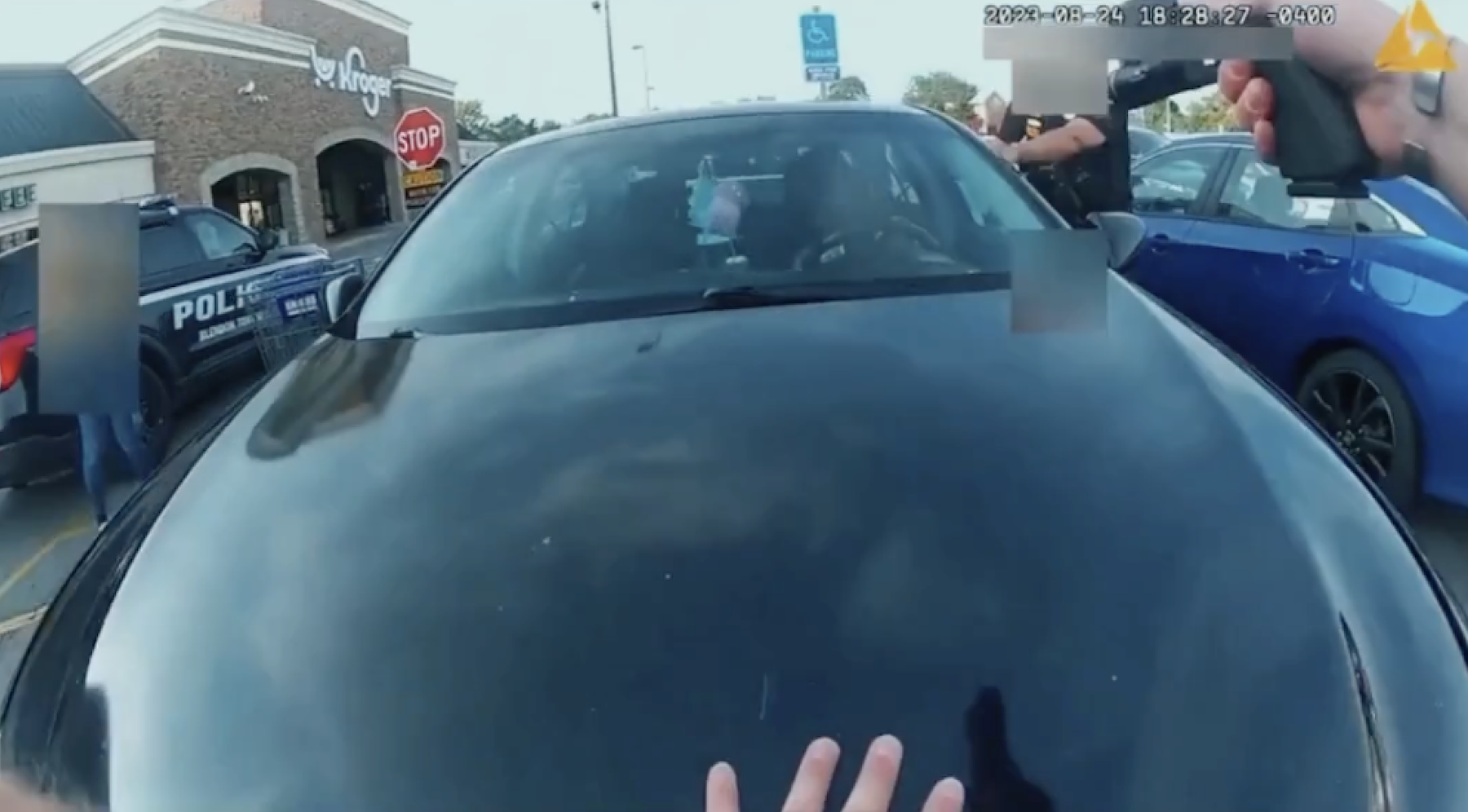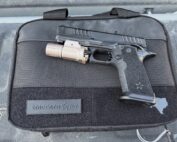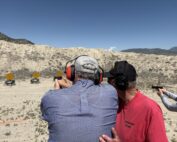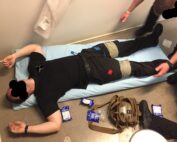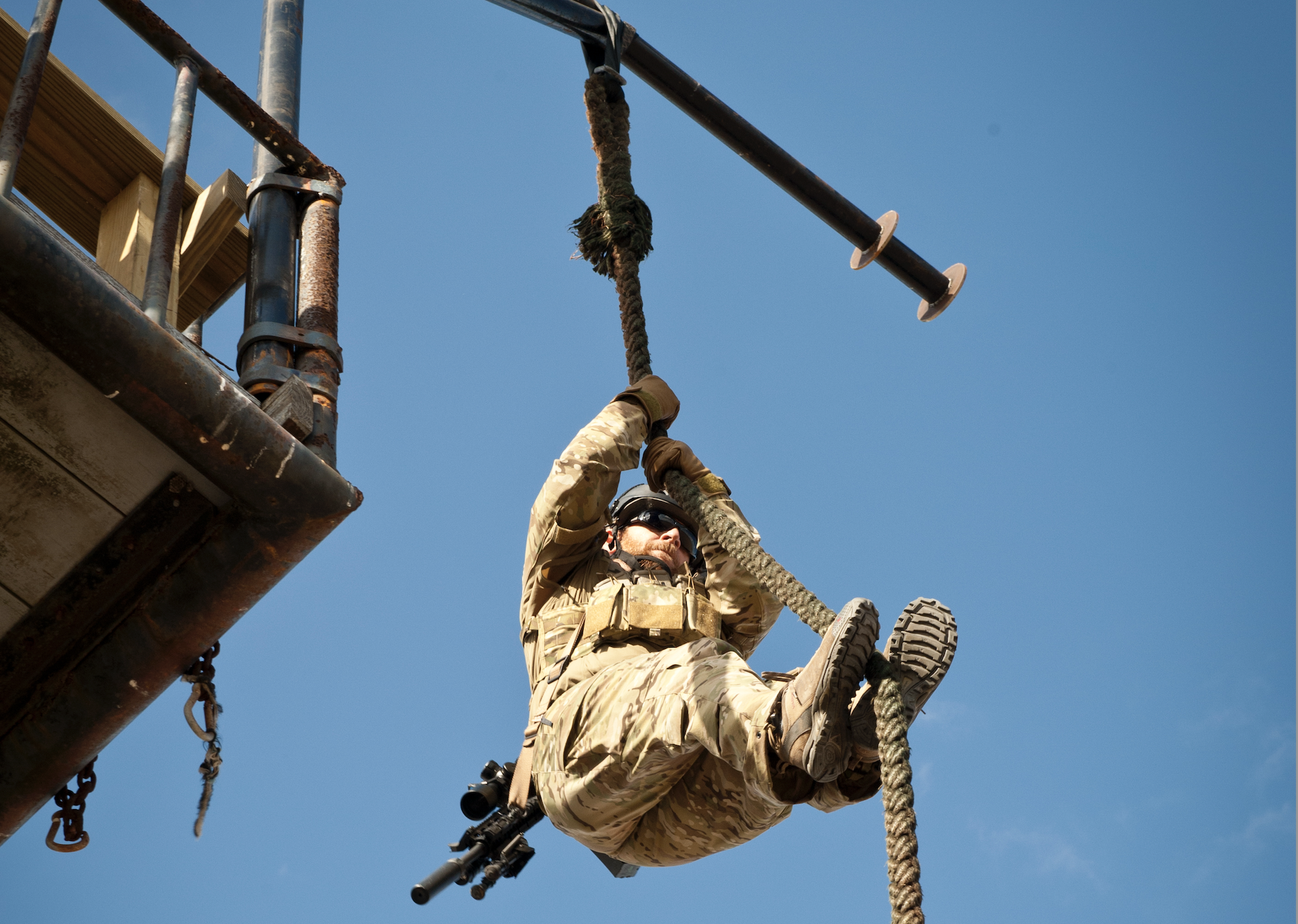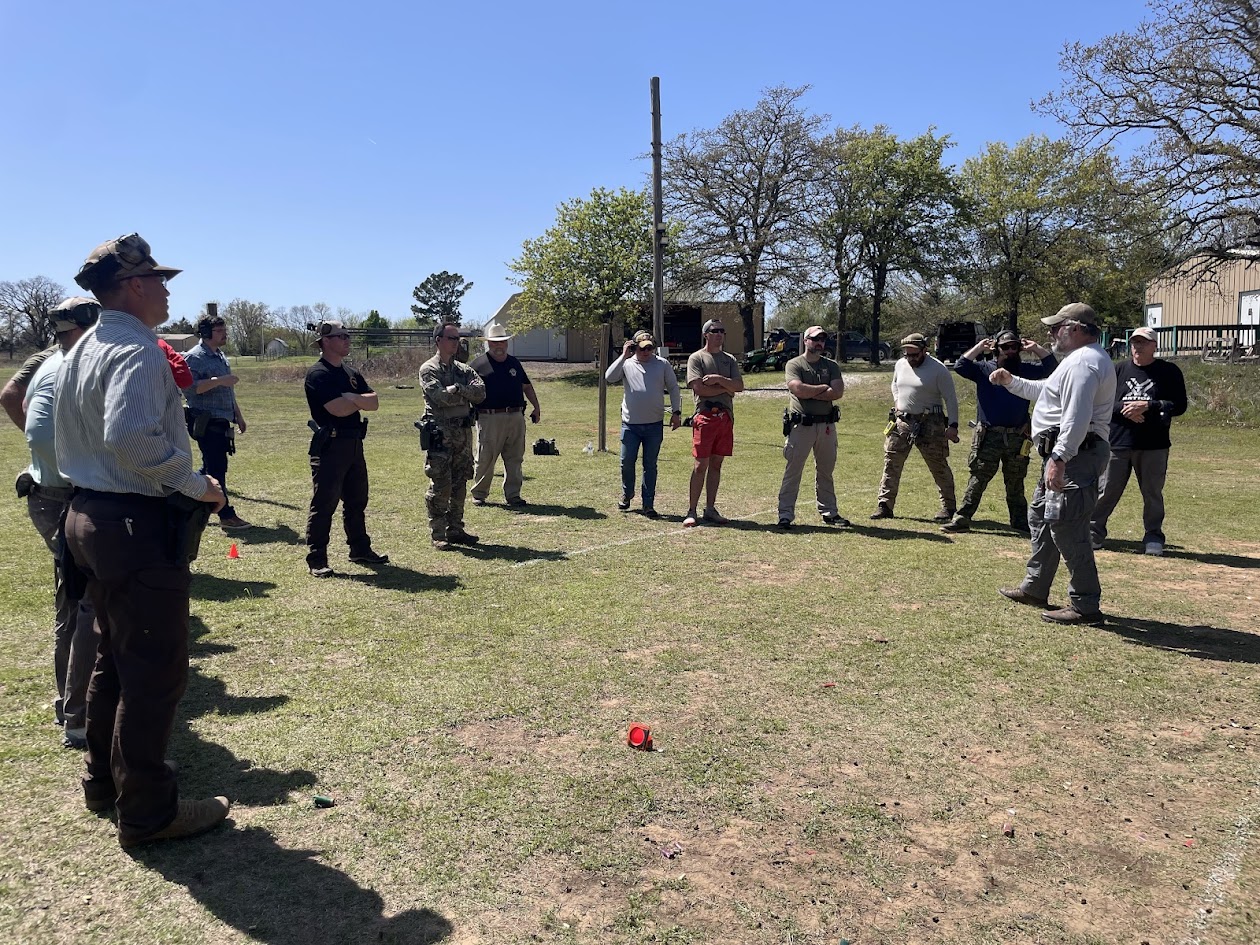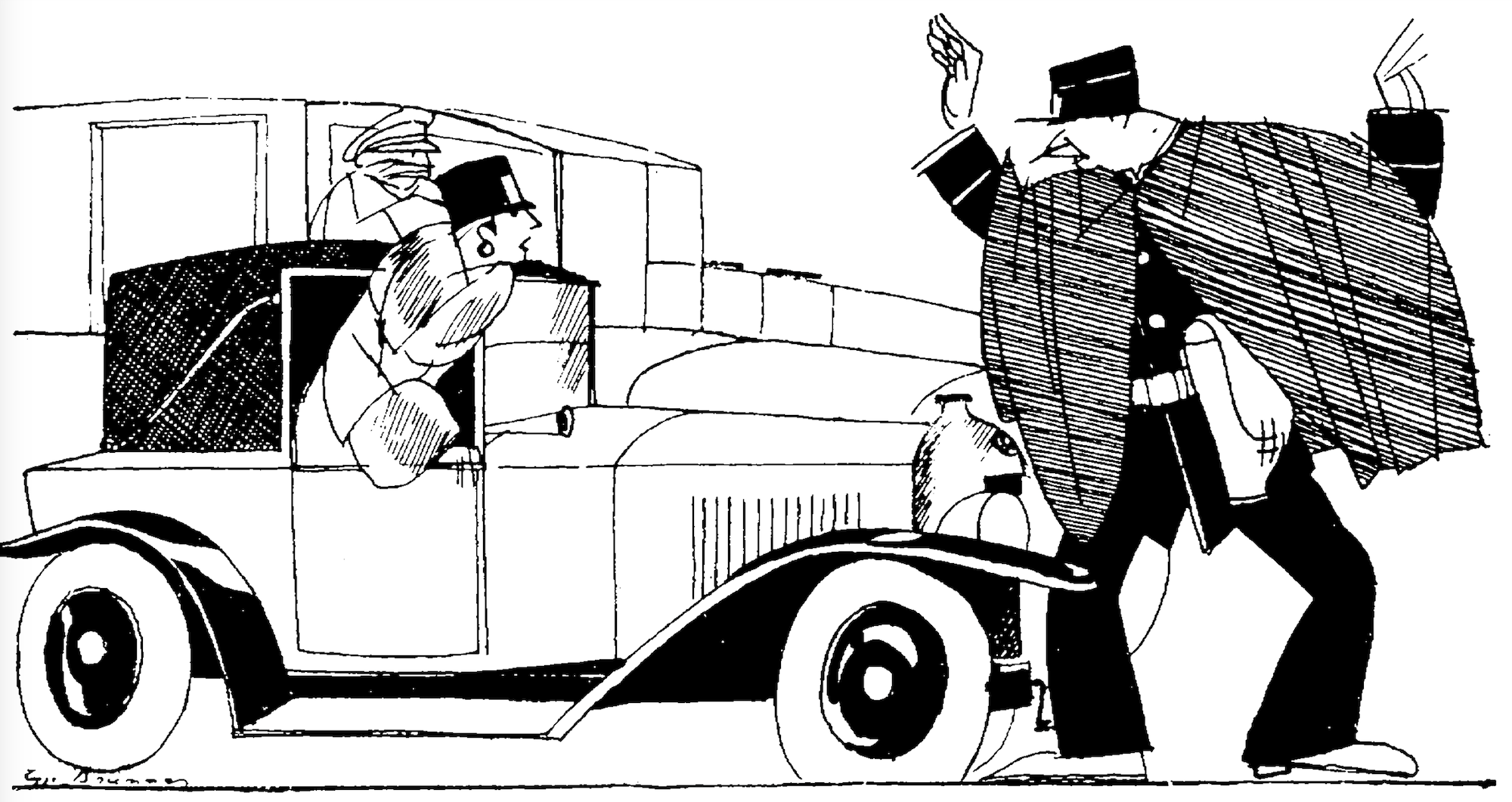
this-feature
Author’s note: This is not specific to any one event. It does, however, address some concerns in the contemporary law enforcement environment.
Having come into police work in an era when assertive, proactive police work was the expectation, I watched how things changed over the years. And I got to experience it as well.
I saw that change start one morning after a graveyard shift at a local establishment we occasionally visited at the end of the shift. That morning, in 1991, the local news repeatedly played what became known as the Rodney King video. The sergeant I worked for, a great guy, pushed back from the bar, stood up, and told us, “Guys, police work as you know it just changed.”
He was right. For the next several months, we experienced the fallout of that video. Other parts of California experienced it far longer. Things slowly shifted nearly back to how they had been before the video.
Fast forward. We are in a different time. The public’s expectations of the police, especially uniformed officers, are radically different. There are reasons for that. Some are valid, and some are absolute bovine fecal matter driven by activists with unrealistic perspectives and agendas.
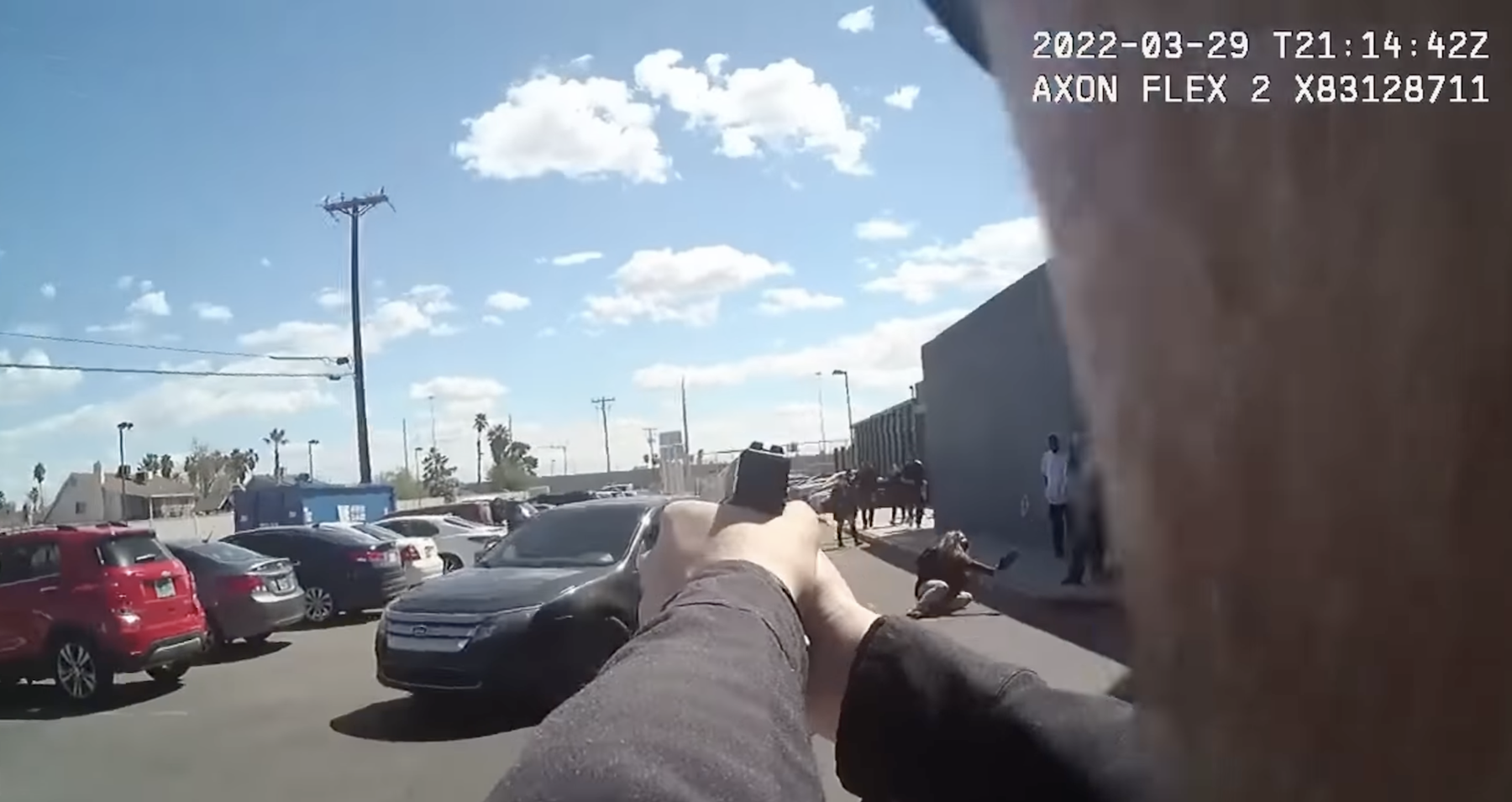
After the officer stepped in front of this car, it struck a pedestrian. And there are other students out on foot.
We cannot control the latter group’s influence, especially not if one becomes their target of the week.
We can control what we decide to do and how we do it.
Before proceeding, yes, suspects should have obeyed the law, not committed the initial crimes, and complied rather than trying to flee. Absolutely! And I am not trying to discourage anyone from pro-active policing.
While this article uses still photos captured by body-worn cameras, dash cameras, and surveillance videos of specific events, I’m trying to address principles and ideas – rather than the specific events.
The Courts
We can look at case law to find the limits the courts have given us. Why? Those case law citations and references find their way into charging documents and other court papers into many legal proceedings.
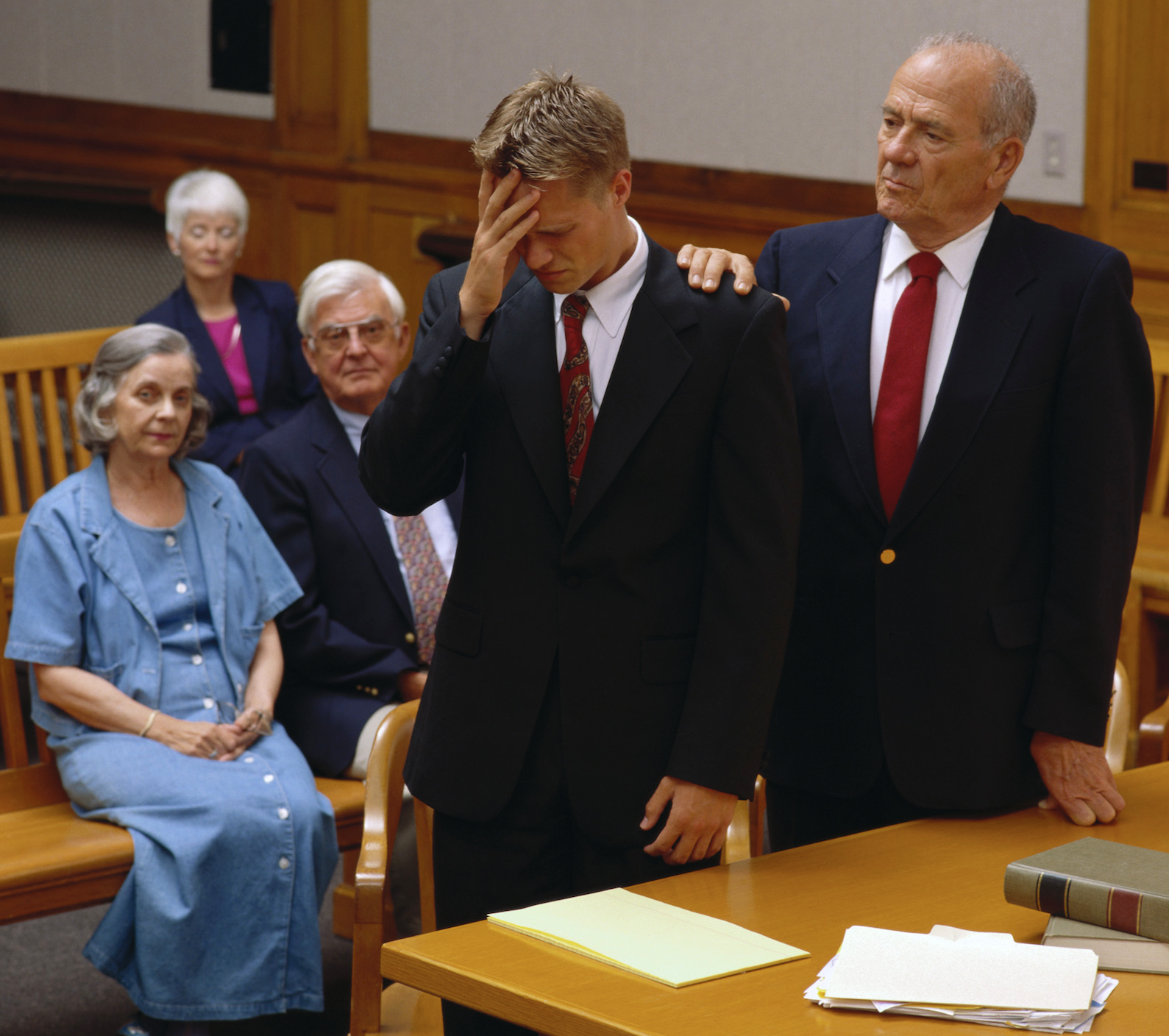
The court of public opinion can impact the other courts. And you don’t want to be tried in any of them.
Across the country, there have been incidents involving the shooting of suspects inside vehicles. In many of these events, though not always, the vehicle was the weapon. Had the suspect not driven towards the officers, there may not have been a shooting.
How many of these happen because of where the officers positioned themselves? Does it matter? What if your positioning creates the very situation that led to the shooting?
Consider Quezada vs County of Bernalillo (944 F.2d 710, 715 (10th Cir. 1991)). Read the case for the specifics. In essence, deputies were dealing with an armed, likely intoxicated, probably suicidal female inside a parked car. Once a handgun was seen in her possession, two deputies moved to cover while a third deputy “… positioned himself about five feet from Griego’s car door after she stopped the car, …” At some point, she raised her handgun towards the deputy. He responded by shooting, which caused her death. The family sued, and the trial court ruled the deputy was negligent for not using cover and staying in an exposed position. The verdict and award were appealed, and the appellate court ruled:
“IV. CONCLUSION
We AFFIRM the district court’s finding that Deputy Sheriff Sauser was negligent.” This ruling specifically concerned the deputy’s positioning and relationship to the outcome.
Why am I bringing this up?
The profession continues to be attacked for actions and decisions that the public and activists believe are unreasonable.
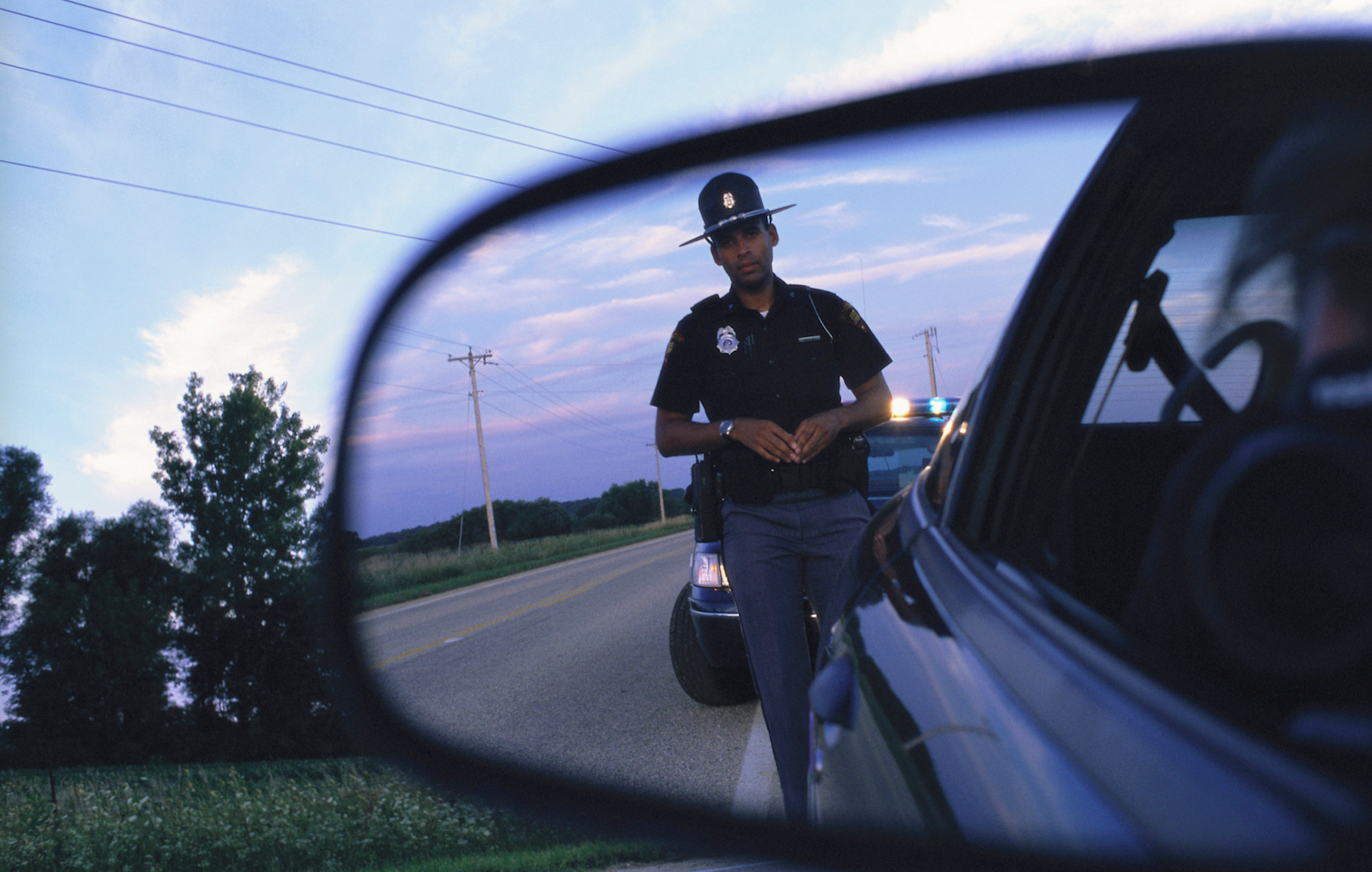
Maybe being on the passenger side would be a better place. And it could keep you from trying to stop the car with your body.
Data
A quick web search indicated that the average American adult male weighs 199.8 pounds. Add 25 pounds of firearms, armor, and clothing, so we will call it 225 pounds. Mechanicbase.com, citing US EPA data, notes that the average US vehicle weighs 4,094 pounds. That is eighteen times the weight of the officer. If it comes down to trying to stop that car, will your body weight do it? No.
Problems
What are some examples of that and the problems that go with it?
During a traffic stop, the suspect tries to drive off, and an officer enters the driver’s window, trying to stop the car. Or they try hanging onto the car. They are being dragged and end up shooting the driver.
Another might be stepping directly in front of, or behind, an unblocked, unpinned vehicle to “keep” the suspect from driving off.
When either of those decisions doesn’t work, and the officer believes the now moving vehicle poses a threat of death or serious bodily injury to them, what tends to come next? An officer-involved shooting.
One Example
In 2015, a police officer back east stopped a car for no front plate – a violation many of us have made stops for. The driver was uncooperative and began to drive off. The officer tried to open the car door and perceived the driver was going to drive off and drag him with the car. That led to a fatal officer-involved shooting.
According to a Reuters report, prosecutors claimed the officer “was not dragged by the car, as the officer had reported, but instead, he fell backwards after shooting (the driver) in the head.” The prosecutor said the officer “should have let (the driver) drive away as he had his license plate number already.” He continued, “I’ve been doing this for 30 years, this is the most asinine act I’ve ever seen a police officer make, totally unwarranted.”

The pictures are sequential from left to right. This officer stepped backward and in front of the suspect’s stolen car. Years later, a judge ruled he should get his job back.
Regardless of what you think of these prosecutions, understand that they are happening, they will continue to happen, and, unfortunately, are very likely driven by political concerns more than legal ones.
Officer Safety
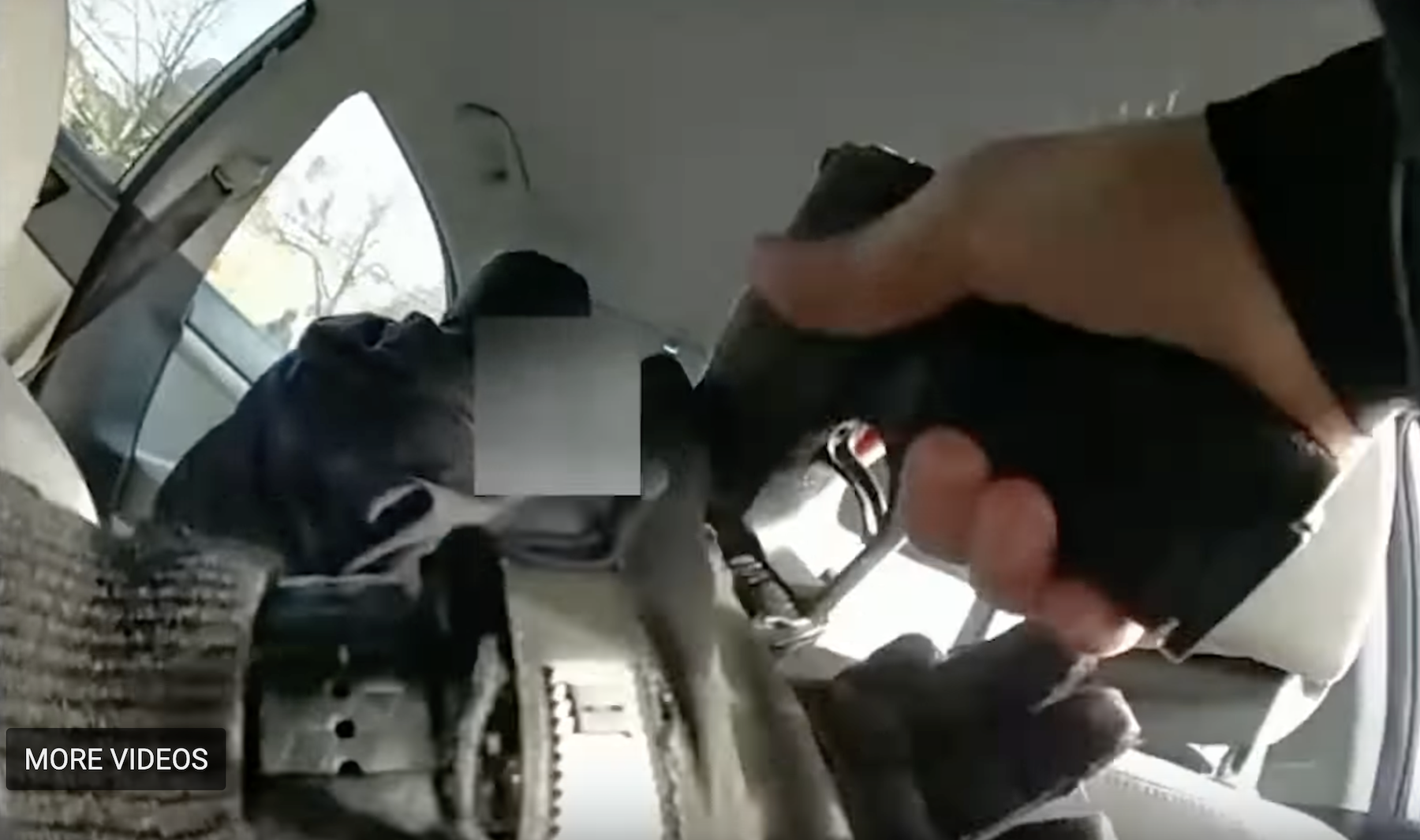
This officer in the nation’s capital got into the backseat of the suspect’s car. As the driver drove off, the officer shot him.
There are officer safety aspects to this. An impact from a vehicle can cause debilitating, life-long injuries to the officer. What are you risking with that? And what is the realistic consequence to the suspect? Will the courts punish them appropriately?
Final Thought
I would ask that working cops strongly reconsider tactics and techniques such as stepping in front of (or behind) a vehicle and its direction of travel, trying to stop the vehicle from driving off by grabbing it, or, even worse, going into the driver’s window.


 (No Ratings Yet)
(No Ratings Yet)
